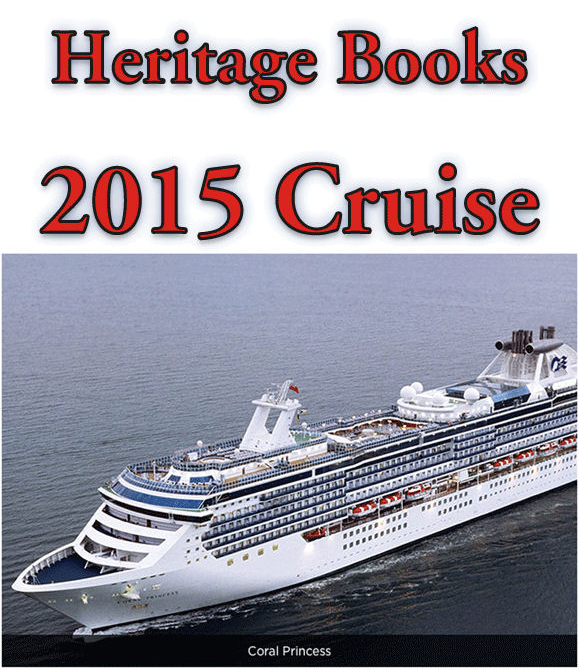 Heritage Books, a leader in the world of genealogy publication for four decades, announces the 2nd Annual Heritage Books Genealogy Conference and Cruise, departing from Ft. Lauderdale, Florida on October 18, 2015 and returning on October 28th!
Heritage Books, a leader in the world of genealogy publication for four decades, announces the 2nd Annual Heritage Books Genealogy Conference and Cruise, departing from Ft. Lauderdale, Florida on October 18, 2015 and returning on October 28th!
Interested in DNA?
This year’s cruise is focused on using the newest tool for your genealogical research, DNA testing. Are you a DNA newbie? No problem, with more than 20 different genetic genealogy presentations, this conference will take you all the way from complete novice to an intermediate user ready to add DNA to your genealogy toolbox. Are you well-versed in genetic genealogy? Come and learn the latest tips and tricks to enhance your DNA knowledge.
In addition to a full slate of presentations, one-on-one consultations, and several group sessions, conference attendees and passengers will have plenty of time to enjoy the sights, sounds, and flavors of the Caribbean as the Coral Princess makes stops in the topical destinations of Aruba, Cartagena, Grand Cayman, and even makes a partial transit of the unparalleled Panama Canal. You can find the full schedule for this amazing trip here. ... Click to read more!
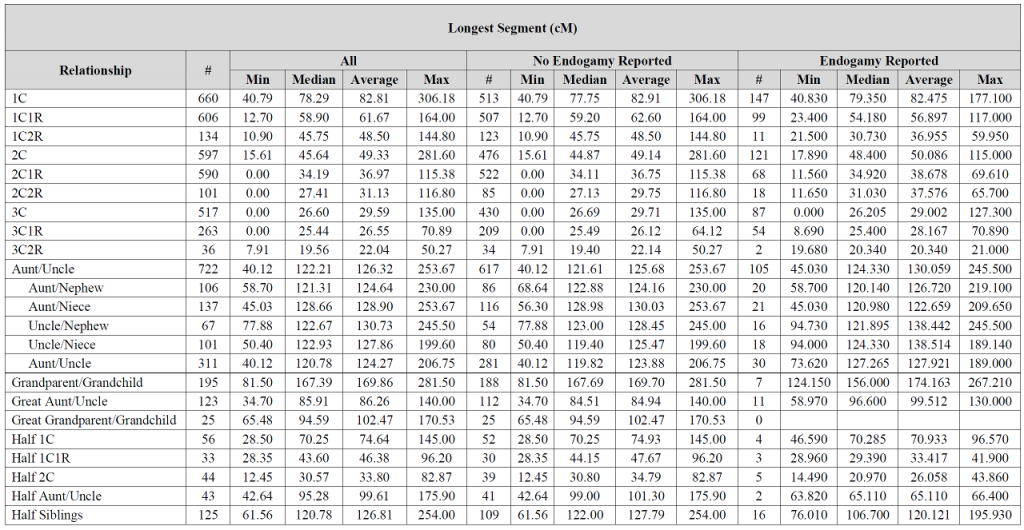
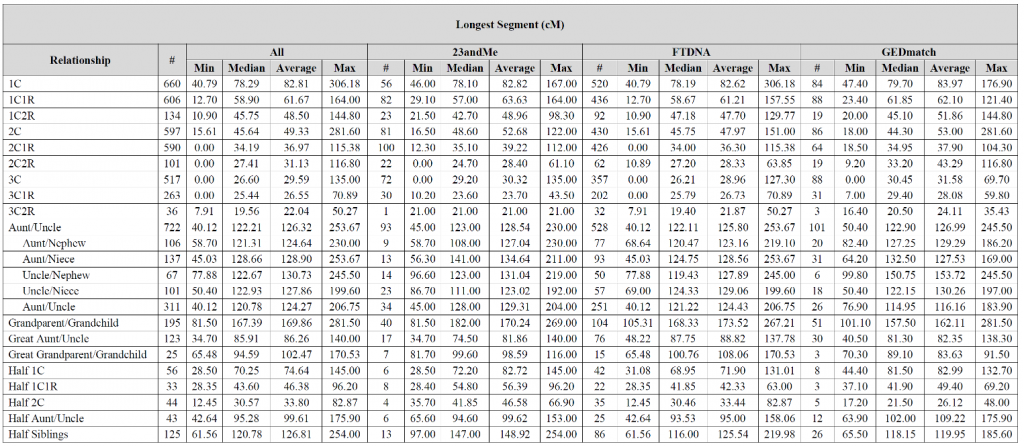
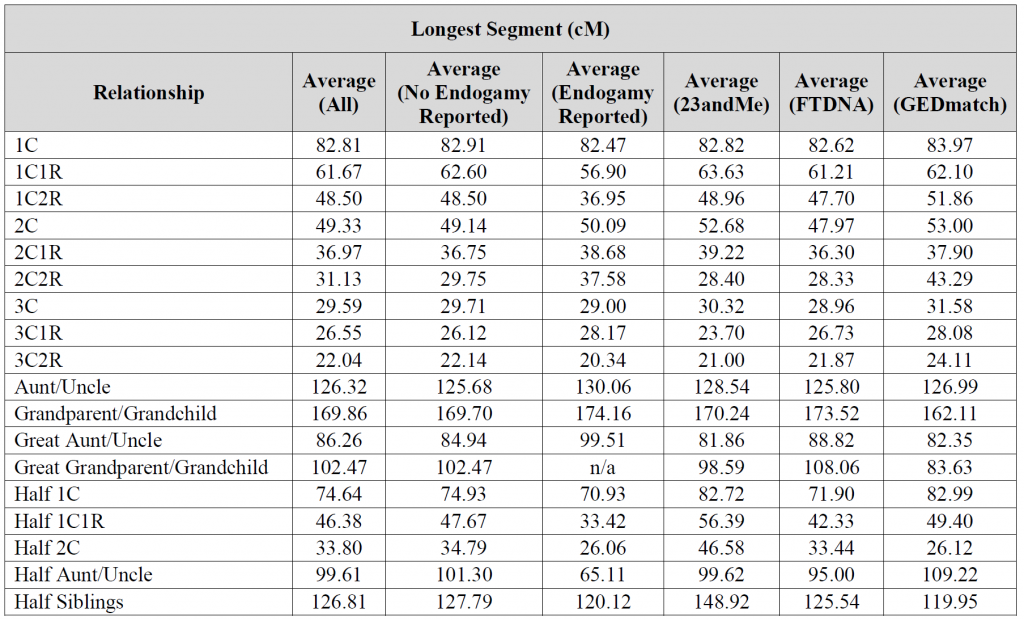
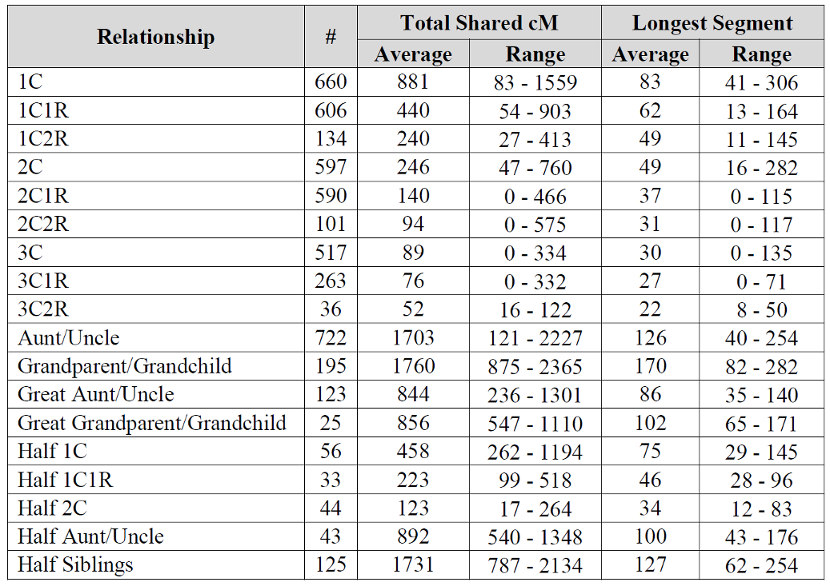
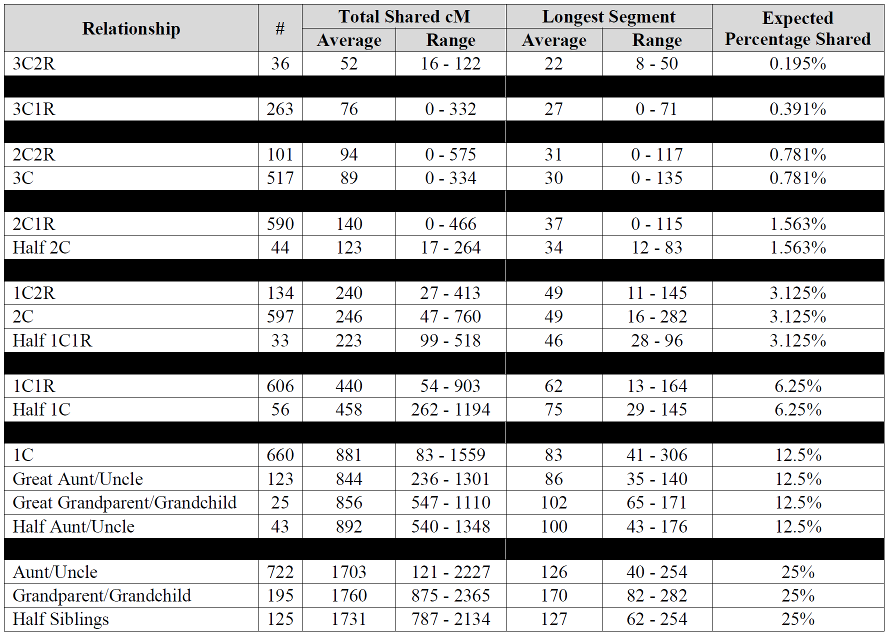
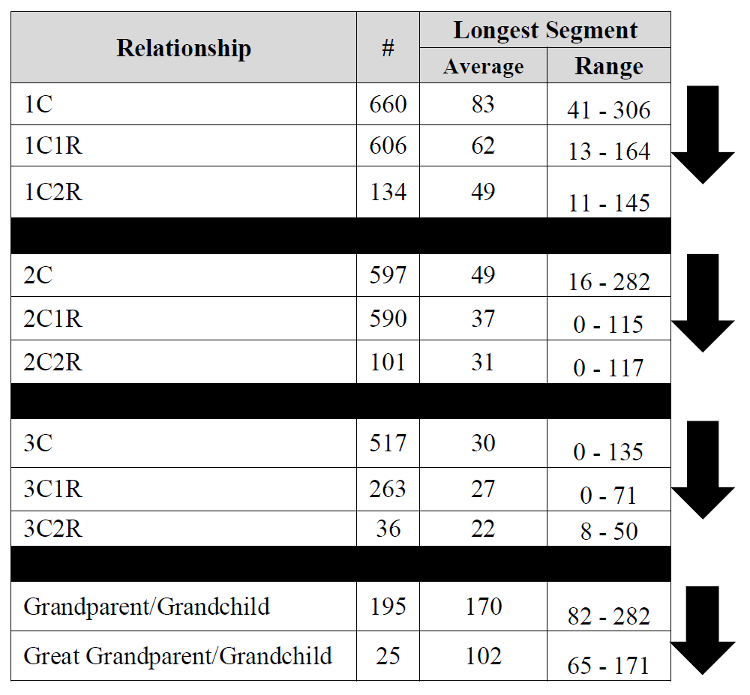
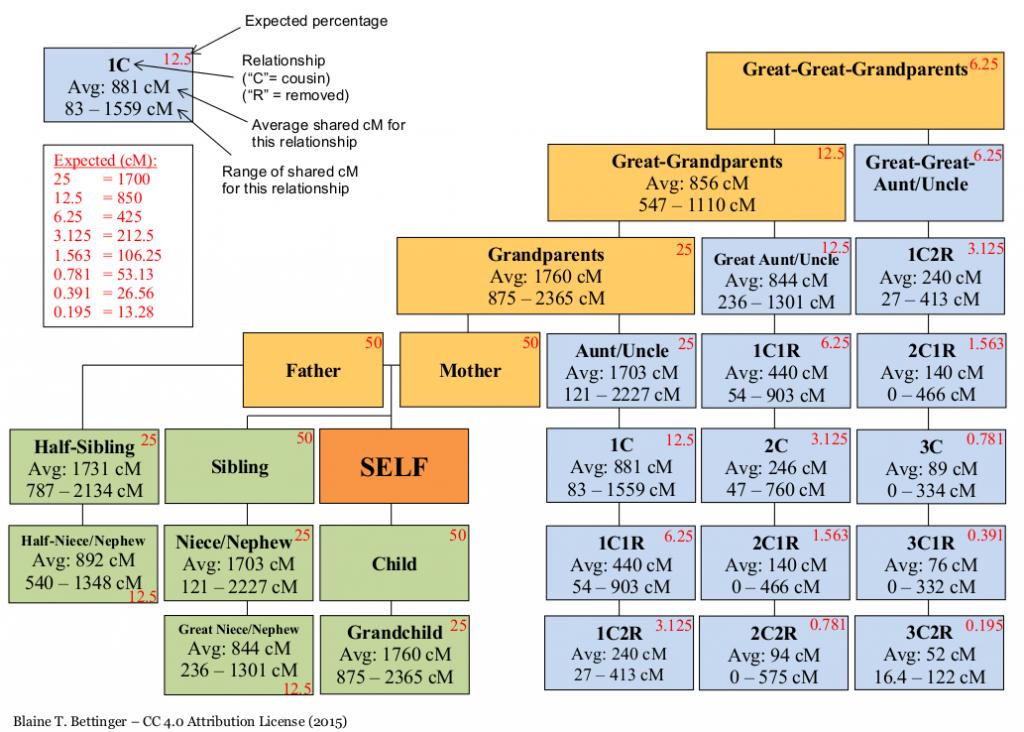
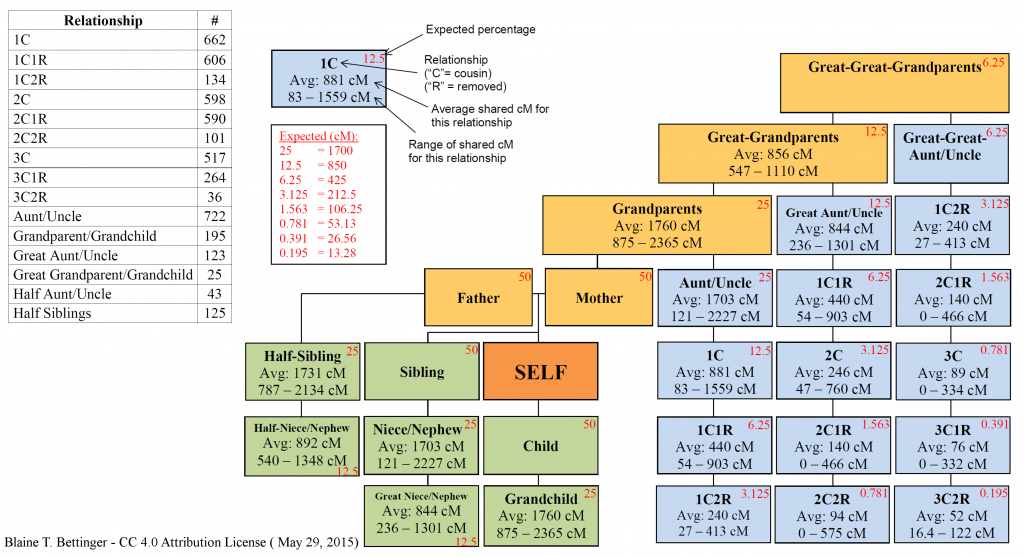
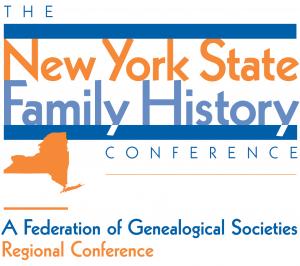

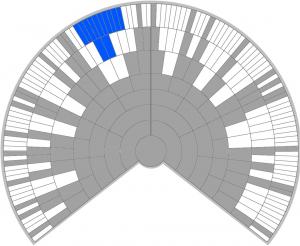 [Read on to learn how you could win THREE hours of FREE consultation and research from me for registering in this course before March 21st!]
[Read on to learn how you could win THREE hours of FREE consultation and research from me for registering in this course before March 21st!]